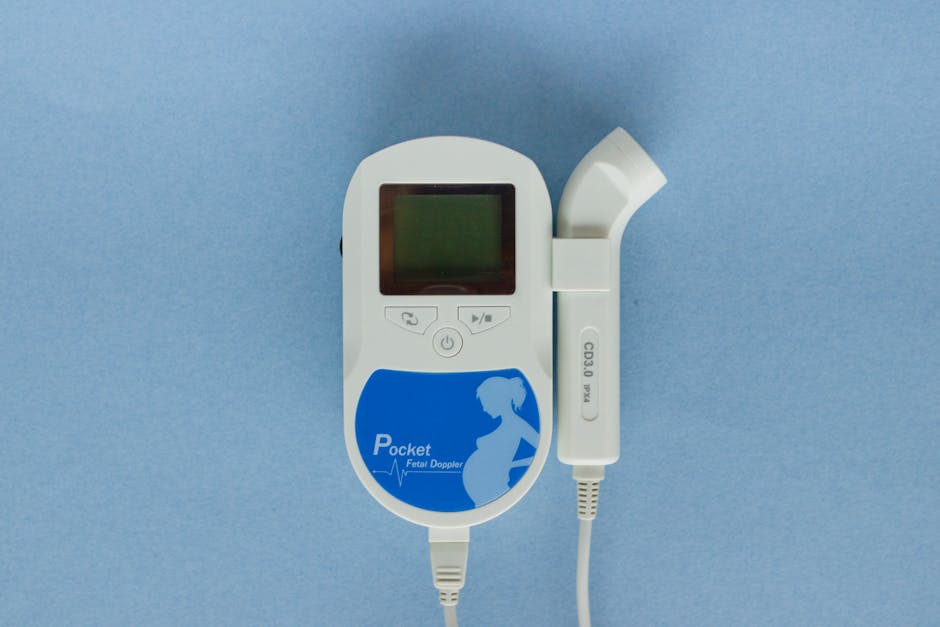What is the Baby Bar Exam?
The “Baby Bar,” officially known as the First-Year Law Students’ Examination (FYLSX), is a challenging hurdle faced by aspiring lawyers in California. Unlike the traditional bar exam, the Baby Bar is taken after completing the first year of law school. This exam is crucial because it’s a gateway to continuing legal education in California for students who haven’t obtained a JD from an accredited law school in the state. It’s a significant test of your foundational knowledge in law and a critical step towards becoming a practicing attorney.
Why Does California Have a Baby Bar?
California’s unique Baby Bar system stems from a complex interplay of factors. The primary reason is to ensure a minimum standard of legal competence among those seeking to practice law in the state. The sheer volume of applicants to California’s law schools and the desire to maintain high professional standards contribute to the existence of this interim exam. This exam acts as a filter, ensuring that only those demonstrating a sufficient grasp of fundamental legal principles proceed to the next stages of their legal education.
The History of the Baby Bar
The Baby Bar’s origins are rooted in California’s efforts to regulate the legal profession effectively. Initially introduced to address concerns about the quality of legal education from unaccredited schools, the exam has evolved over time, adapting to changing educational standards and legal landscapes. Its evolution reflects a constant balancing act between access to the legal profession and maintaining the integrity of the practice of law in California.
What Does the Baby Bar Exam Cover?
The Baby Bar tests your foundational knowledge in several key areas of law. These areas are generally consistent from year to year, offering some predictability in preparation. However, it’s crucial to consult the latest official materials provided by the California Bar Examiners for the most up-to-date content breakdown.

Key Subject Areas:
- Constitutional Law: This section covers fundamental principles of the US Constitution and its application. Expect questions on individual rights, federalism, and the separation of powers.
- Contracts: A significant portion of the exam focuses on contract law, covering topics such as formation, breach, remedies, and various contract types.
- Criminal Law: This section explores fundamental principles of criminal law, encompassing elements of a crime, defenses, and procedures.
- Torts: The Baby Bar tests your understanding of tort law, including negligence, intentional torts, and strict liability.
- Real Property: Expect questions on fundamental concepts of property law, such as ownership, estates, and landlord-tenant relationships.
- Evidence: This area covers rules of evidence, including admissibility, relevance, and hearsay.
- Civil Procedure: The exam tests your understanding of civil procedure, focusing on the process of litigation.
How to Prepare for the Baby Bar Exam
Preparing for the Baby Bar demands dedication, effective strategies, and a well-structured study plan. There’s no single magic formula, but these strategies can significantly improve your chances of success.
Effective Study Strategies:
- Create a Detailed Study Schedule: Allocate sufficient time for each subject area based on its weight and your strengths and weaknesses. Consistency is key.
- Utilize High-Quality Study Materials: Invest in reputable commercial bar review courses, practice exams, and casebooks tailored to the Baby Bar. These resources provide comprehensive coverage and valuable practice questions.
- Practice, Practice, Practice: Take many practice exams under timed conditions to simulate the actual exam environment. This will help you identify your weak areas and improve your time management skills.
- Form Study Groups: Collaborating with peers can enhance understanding, clarify doubts, and provide motivation. Discussing complex legal concepts with others can solidify your knowledge.
- Seek Mentorship: Connect with experienced mentors or tutors who can offer guidance, advice, and support throughout your preparation.
- Take Care of Your Well-being: Maintaining a healthy lifestyle is crucial. Ensure you get enough sleep, eat nutritious meals, and exercise regularly to reduce stress and enhance focus.
Baby Bar Exam Format and Scoring
The Baby Bar is a multiple-choice exam administered twice a year. The exam’s specific format, including the number of questions and the time allotted, can be found on the California Bar Examiners’ website. Familiarize yourself with the exact format well in advance.
Scoring and Passing Score:
The Baby Bar uses a scaled scoring system. The passing score is set by the California Bar Examiners and isn’t a fixed percentage. It is adjusted periodically based on the difficulty of the exam. This means that the required score may vary slightly from one administration to another. Check the official website for the most up-to-date passing score information.
What Happens After Passing the Baby Bar?
Successfully passing the Baby Bar is a significant accomplishment. It allows you to continue your legal studies in California and progress toward obtaining a law degree from an unaccredited law school or completing your degree at an accredited school.
Next Steps After Passing:
- Continue Law School: Focus on your remaining law school coursework and strive for academic excellence.
- Prepare for the California Bar Exam: Begin preparing for the full California Bar Exam, which is a considerably more challenging and comprehensive exam. You’ll need to build on the foundation you’ve established.
- Networking and Experience: Seek opportunities for networking within the legal community and consider gaining relevant legal experience through internships or volunteer work.
What Happens If You Fail the Baby Bar?
Failing the Baby Bar can be discouraging, but it’s not the end of your legal aspirations. Many students take the exam more than once. The key is to analyze your performance, identify areas needing improvement, and refine your study strategies for future attempts. Seek support from mentors, tutors, and peers to overcome setbacks and strategize for the next attempt.
Strategies for Improvement:
- Review Your Mistakes: Thoroughly review the questions you missed to understand the concepts you need to focus on.
- Adjust Your Study Plan: Modify your study plan based on your performance analysis. Allocate more time to the areas where you struggled.
- Seek Additional Support: Consider enrolling in a bar review course, hiring a tutor, or joining a study group.
- Stay Motivated: Maintain a positive attitude and believe in your ability to succeed. Seek support from your peers and mentors to keep going.
Resources for Baby Bar Exam Preparation
Several resources can assist you in your Baby Bar preparation. Leveraging these resources effectively can significantly enhance your chances of success.

Key Resources:
- California Bar Examiners Website: This website is your primary source of official information on the exam, including the application process, study guides, and past exam results.
- Commercial Bar Review Courses: Many reputable commercial bar review courses offer comprehensive preparation materials specifically tailored for the Baby Bar exam.
- Law School Professors and TAs: Don’t underestimate the value of seeking guidance and support from your law school professors and teaching assistants.
- Online Forums and Study Groups: Connect with other students preparing for the Baby Bar exam through online forums and study groups to share resources, discuss challenges, and provide mutual support.
The Baby Bar is a significant challenge, but with diligent preparation, effective strategies, and perseverance, you can conquer this hurdle and move closer to your goal of becoming a successful lawyer in California.


